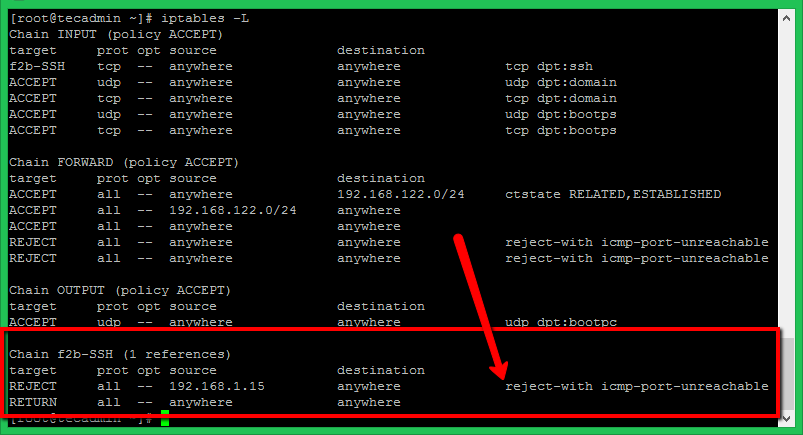This tutorial help you to install Fail2ban on a Ubuntu 20.04 LTS Linux systems. Also provides you initial configuration with protect SSL using fail2ban.
Prerequisites
You must have shell access to Ubuntu 20.04 system with sudo privileged account.
Step 1 – Installing Fail2ban
Fail2ban Debian packages are available under the default apt repositories. You just need to update Apt cache and install fail2ban debian package on your system. Open a terminal and type: After successful installation, make sure service is started. Make sure service is active and running.
Step 2 – Initial Fail2ban Configuration
Fail2ban keeps configuration files under /etc/fail2ban directory. The jail.conf file contains a basic configuration that you can use to create a new configuration. Fail2ban uses a separate jail.local file as configuration to avoid updates of jail.conf during packages updates. So create a copy of the configuration file with name jail.local: Next edit jail.local configuration file in a text editor. Update the initial settings under the [DEFAULT] section.
ignoreip – A list of ip address to ignore from ban by the Fail2ban. [DEFAULT] ignoreip = 127.0.0.1/8 192.168.1.0/24123[DEFAULT] ignoreip = 127.0.0.1/8 192.168.1.0/24 bantime – is the number of seconds that a host is banned. bantime = 60m1bantime = 60m findtime – A host is banned if it has generated “maxretry” during the last “findtime” seconds. findtime = 5m1findtime = 5m maxretry – is the number of failures before a host get banned. maxretry = 51maxretry = 5
In the next section, you can secure the system services to
Step 3 – Protect SSH/SFTP
After completing default configuration, go down in the same file jail.local and update [ssh-iptables] section as below.
Step 4 – Protect FTP
Let’s protect your FTP (vsFTPd) server, Find the below entry of [vsftpd-iptables] section and make changes as below. If you are not using vsFTPd, you can skip this section.
Step 5 – Manage Fail2ban Service
After making all the changes save your file and restart Fail2ban service using the following command. For testing purposes, I have tried SSH with the wrong credentials from a different machine. After three wrong attempts, Fail2ban blocked that IP via iptables with reject ICMP. You can see the rules in iptables after blocking the IP address as below. For SSH only systems, make sure to have SSH access from another IP before making these tests.
Conclusion
This tutorial helped you to install and configure Fail2ban on Ubuntu 20.04 LTS system. Additioally provided you the configuration details to secure specific services like SSH, SFTP and FTP.
